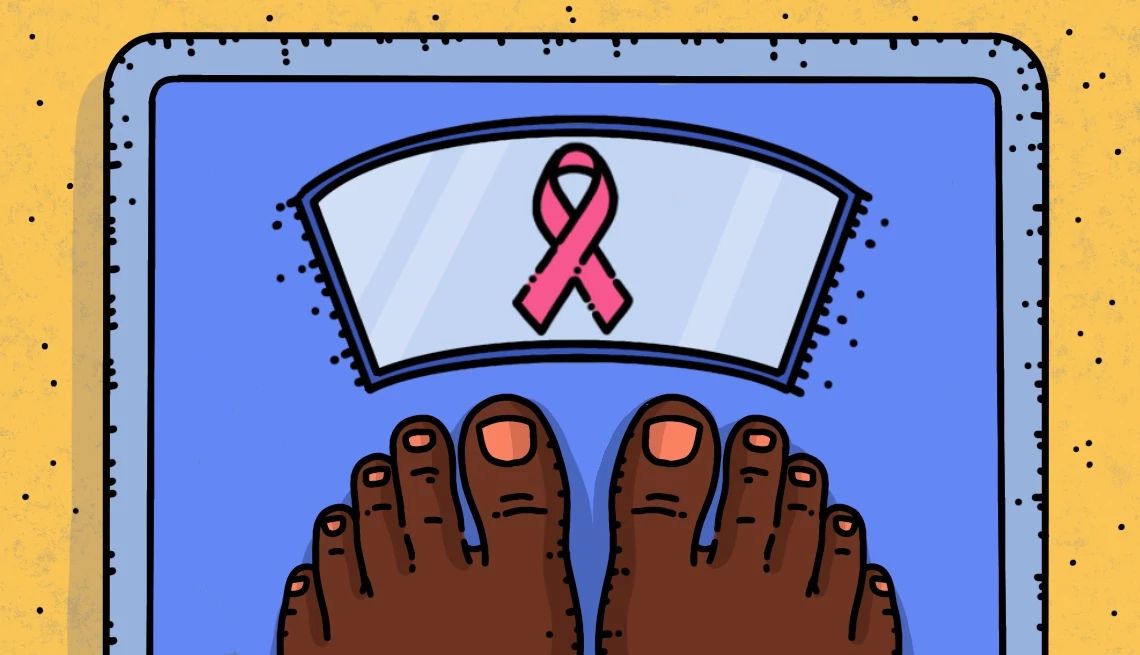AARP Hearing Center
I remember, back in 2002, reading news stories about how dangerous hormone replacement therapy (HRT) was — and flipping out. I had just started taking it myself to alleviate symptoms associated with perimenopause, like hot flashes and moodiness. Like most women, I abandoned HRT immediately.
Now I’m grateful to have the opportunity to set the record straight about the benefits and risks of hormone therapy. Why? Because the generation of women behind me is still making decisions about whether to use it based on a decades-old study that many consider to be flawed. Our medical experts weigh in.
I’m in my early 50s and just entered menopause. I would like to start hormone replacement therapy to help relieve some of the symptoms affecting my sex life and my quality of life in general, but my older friends are warning me not to. Your advice?
There’s a lot to unpack in this question, but here’s what you need to know first. Hormone replacement therapy, or as it’s also called, menopausal hormone therapy, is more beneficial than risky, says Maureen Slattery, an ob-gyn at Rochester Regional Health in New York. As she bluntly frames it, “If you are in your 50s, you are likely a perfect candidate.”
First, a look at what it does. Hormone replacement therapy replenishes estrogen in the body through the bloodstream. Vaginal estrogen, which In the Mood has covered in previous columns, is a topical treatment that targets only the vagina, to plump its walls and restore elasticity.


In the Mood
For AARP’s In the Mood column, writer Ellen Uzelac will ask experts your most pressing 50+ sex and relationship questions. Uzelac is the former West Coast bureau chief for The Baltimore Sun. She writes frequently on sex, relationships, travel and lifestyle issues.
Testosterone replacement therapy is another type of hormone replacement therapy you may have also heard about. It’s not part of the traditional HRT but is sometimes prescribed — usually as a gel or cream applied to the back of the knees or thighs — for low libido, says Slattery. However, testosterone is not FDA-approved for menopause symptoms and insurance often won’t cover it.
And what about traditional HRT? Is it a pill or a patch? Traditional hormone replacement therapy can be administered orally or absorbed through the skin. Doctors prefer non-oral treatment options, Slattery says. Why? Using a patch, gel, spray or vaginal ring to deliver estrogen to the body “significantly” reduces the risk of heart attack or stroke. If a postmenopausal woman still has a uterus, progesterone is typically added to the mix, either orally or combined with estrogen in a patch, Slattery notes. This also applies to perimenopausal women who still have periods.

































































)

















You Might Also Like